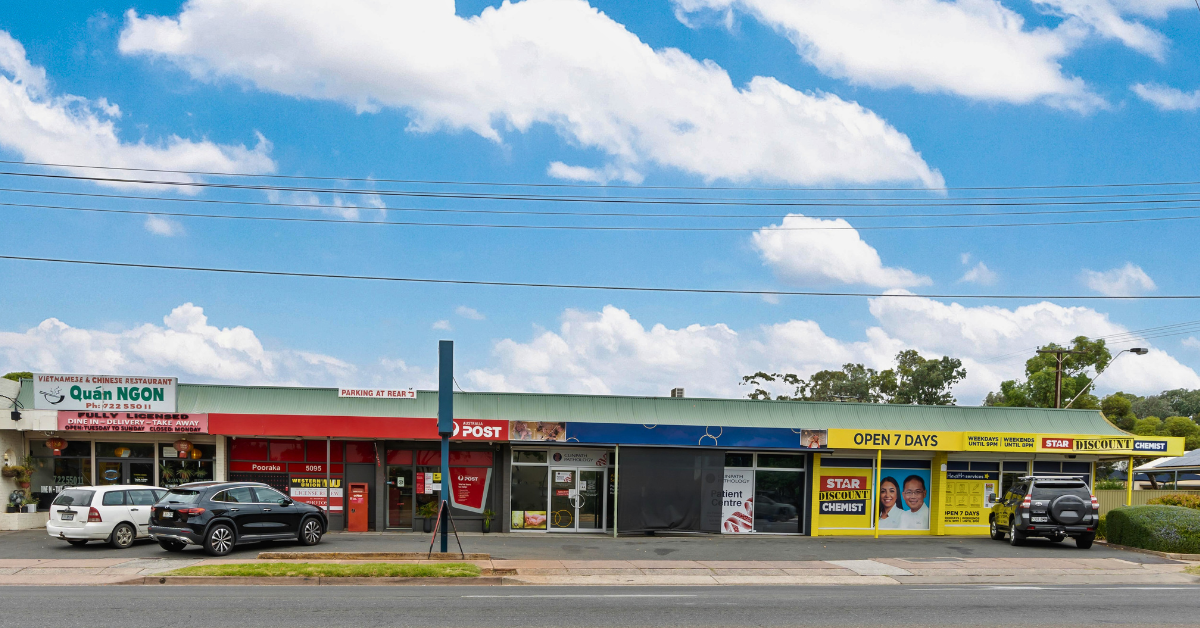Retail Makes a Rebound but Challenges Remain

Improved portfolio valuations and tightened rental vacancies have offered better results for the retail sector but economic headwinds remain for tenants and landlords, according to LJ Hooker Commercial’s Retail Market Monitor.
The ‘wealth effect’ of rising house prices, record renovation activity, stimulus activity and Australians staying at home, underpinned total returns of 6.3% at the start of 2022 – a positive uplift on the previous 12 months. Overall, a record $14bn in retail property changed hands over 2021, the Monitor found.
There has also been a slowdown in the growth of online spending on specialty food and liquor, health and beauty, fashion and apparel and other specialties, as the end of Covid-restrictions encouraged customers back to malls and high streets again.
Nonetheless, landlords and tenants need to innovate in their offerings and experiences going forward, to stave off the headwinds of rising inflation and the reduced confidence that will come with drops in housing values, the Monitor showed.
LJ Hooker Commercial Head of Research Mathew Tiller said the Monitor showed the ‘death of retail’ was called too early.
“There’s no doubt that challenges lay ahead for retail,” said Mr Tiller. “But now that consumers have emerged from Covid-19, there’s some optimism for the sector with vacancies tightening and the return of the in-store experience.
“Syndicates recognised the opportunity for counter-cyclical purchases last year, driving a record $14bn in property changing hands.
“New supply will be subdued over the next 12 months as landlords focus on future-proofing their assets for the post-Covid marketplace.”
Vacancy rates across the portfolios of institutional landlords tightened over the last 12 months with major players Stockland and GPT reporting sub-1% vacancy rates.
Stockland has also reported a change in incentives from 14.2 months in 1H21 to 11 months in 1H22.
Mr Tiller said landlords and tenants who don’t adapt to changing consumer behaviour will face immediate challenges. Food and beverage operators are considered most at risk.
Click-and-collect purchases rose 13.6% last year, according to Australia Post, providing in-store options for tenants, and carpark pick-up considerations for neighbourhood and regional shopping centre landlords.
Mr Tiller said institutions would be better prepared to weather the immediate economic challenges, but landlords and tenants in suburban retail strip centres needed to closely review their strategies.
“Increasing rates may knock out some business owners and investors in fringe markets so it’s critical that existing landlords and tenants assemble their network of specialists to develop strategies going forward to future-proof their operations,” said Mr Tiller.
For the full information, click here to download the report.
Share

.png)
